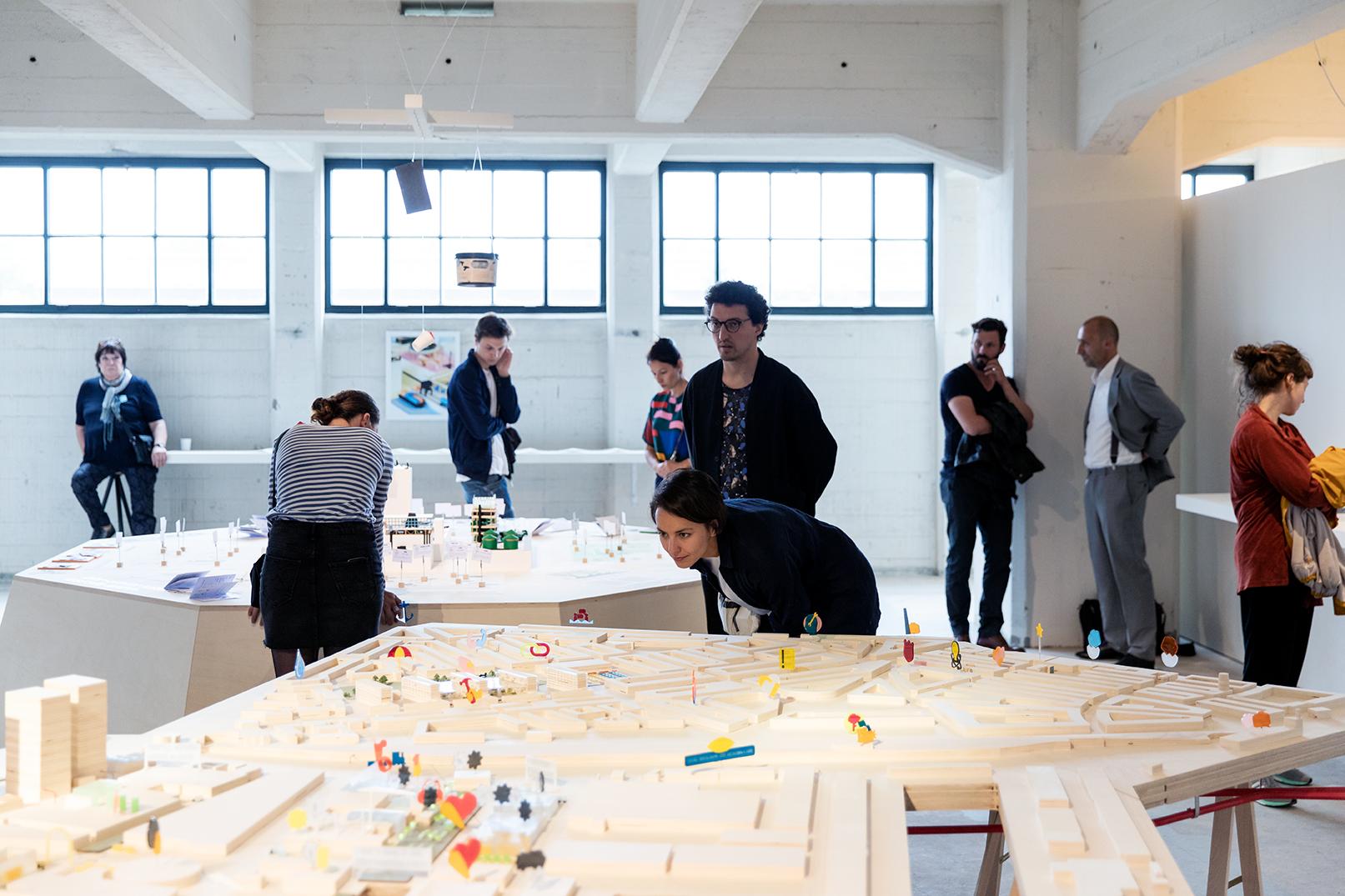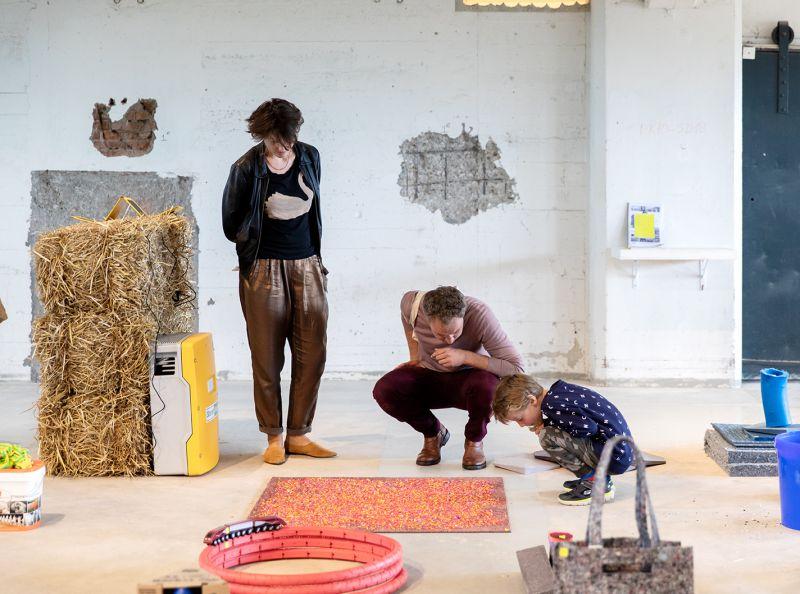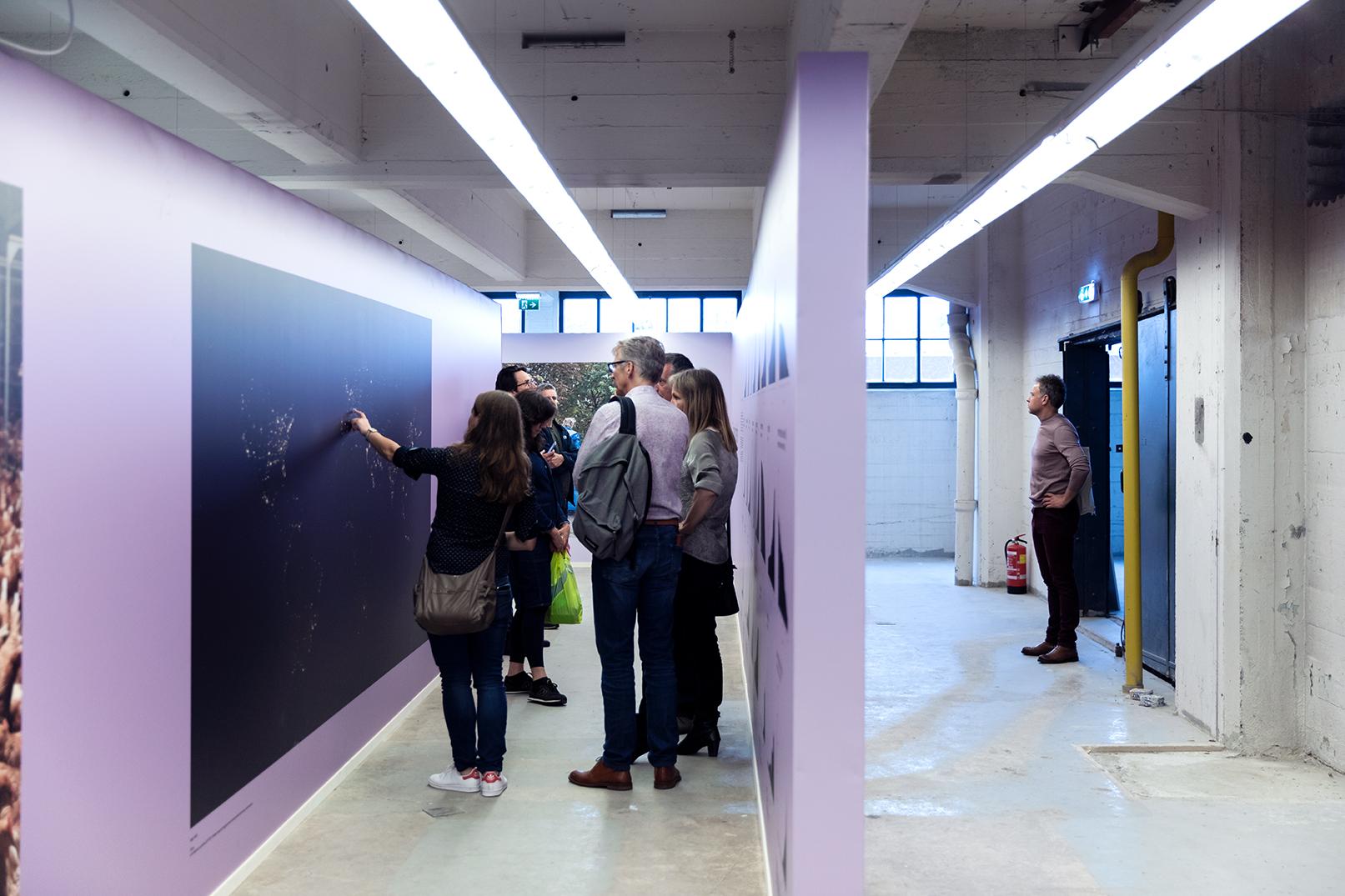‘The Missing Link’ was an exhibition in search of that one essential, still missing link that would enable us to make the necessary transition in such an appealing and convincing way that the change would be initiated with sufficient speed. The exhibition presented the first results of the IABR–Ateliers East Flanders Core Region and Rotterdam, as well as of the Delta Atelier.
This main exhibition of the IABR in 2018 was set up as a work in progress, a demonstration of the IABR’s research practice and of the principles and research questions the designers would be working on in the coming years. The results of their research were presented at the 9th edition in 2020.





